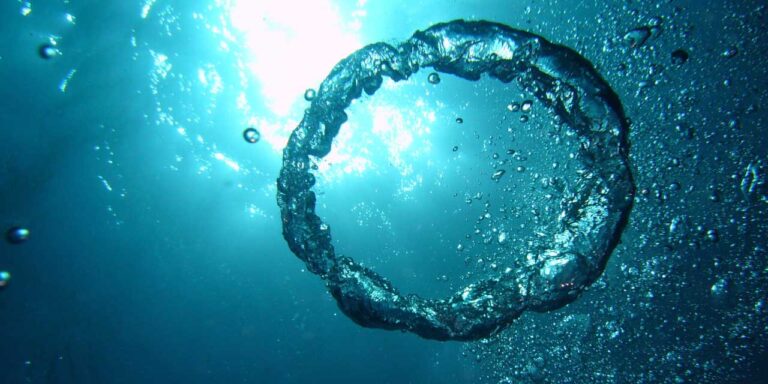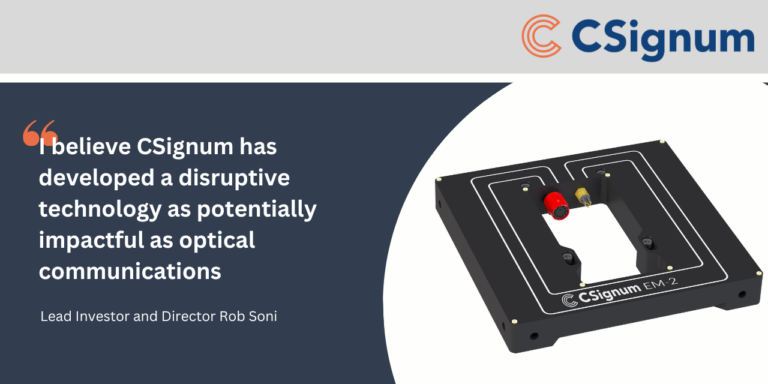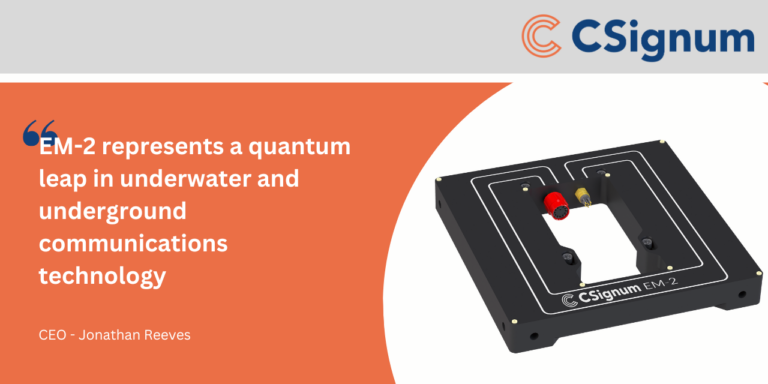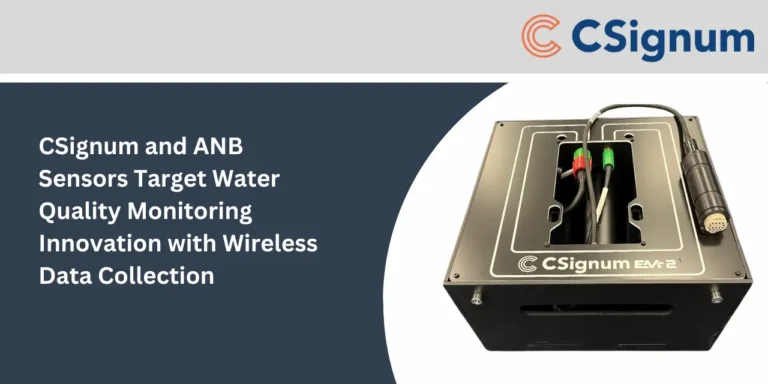
Changing times
The subsea industry is literally undergoing a sea change. Excuse the pun.
Unforeseen global disruptors such as climate change, recessions and the lockdowns of the pandemic have all had a huge impact on both established and emerging ocean industries. All are wanting tools to help them be better informed about ever-changing ocean conditions, in order to make the right, data-driven decisions for their business, their customers and the planet.
Old tech
Until now, everyone has had to rely on older, proprietary technology which has not kept pace with the times.
Systems often required bespoke architectures and had become increasingly costly, with problematic workarounds that can often delay access to vital information and so also critical business decisions.
Manual processes add latency and risk, requiring vessels and teams of divers gathering data by hand and performing in-person equipment inspections – or frequent maintenance when older systems fail.
Typically, conditions below water are not monitored, so companies are essentially ‘blind’ to the threat of malfunctions or increasing stresses on their subsea structures or equipment. And so solutions tend towards the reactive rather than pre-emptive.
Digital transformation
Digital transformation, a pressing issue for all land-based industries over the last few years, has now fast become the focus for ocean industries wanting:
- Real-time data
- Automation
- Remote management
- Machine learning
- Artificial intelligence
All of these are transforming how companies will optimise performance and meet changing market and customer demands.
Companies which invest in the digitisation of their data and processes can pivot and respond in real-time to unforeseen changes, whether they be in the market, the offerings of competitors or major global events.
CSignum’s EM-1 Modem technology
CSignum is committed to modernising subsea communications. We are leading the move to digital transformation with a new technology which works wirelessly.
Our subsea cable-less modem uses low-frequency, low-power, electromagnetic signals to transmit data automatically and reliably in real-time through the seabed, through the water column, even through structures of concrete or steel, and, critically, across the water-air barrier.
This has not been done successfully before. This is ‘underwater Bluetooth’, so to speak.
The EM-1 Modem can, if needed, be incorporated into existing networks with very little disruption, or can replace older technology which has failed or needs more and more maintenance.
Benefits over existing solutions
Our EM-1 technology overcomes the limitations of current acoustic, optical, and cabled or wired subsea technologies in all kinds of environments … from the blue ocean to shallow water and splash zones, however adverse the conditions may be.
- Cables require ongoing maintenance as they snag and fail due to repeated stresses from wave motion, or they can become disconnected from sensors in near-surface environments. They are also expensive to repair or replace.
- Acoustic solutions cannot transverse the water-air barrier; they degrade in turbid or choppy water, and can negatively impact marine life.
- Optical solutions are exposed to biofouling or marine growth on the units and do not work well in tidal seawater or water that is turbid or choppy, nor where light is ambient or if line-of-sight is limited.
How it works
The EM-1 Modem is designed to pair with underwater sensing systems.
The modem wirelessly transmits the data from the sensing system to a receiver placed just above or below the waterline, using electromagnetic energy.
The modem can connect to multiparameter sondes or ADCPs using standard subsea cables and industry-standard interfaces such as SDI-12 or RS232.
The sonde or ADCP is programmed using the supplied system software. When the system has a data package ready to send, it is passed to the EM-1 Modem, which ‘wakes up’ and transmits the data to the topside receiver.
The receiver is connected to a network or device for onwards data transmission. If the system is being deployed remotely, then this device may use cellular or SATCOM systems to transmit the data back to the operator’s desktop.
The EM-1 Modem enables sensor-to-desktop, real-time data transmission.
This is ideal for deployments where cables are not suitable, such as in fragile ecosystems, or if acoustic and optical solutions pose challenges due to the adverse conditions.
Our Platform
The EM-1 Modem is based on CSignum’s technology, an open platform.
The technology consists of a core set of functions required across ocean industries. This will enable a ‘building block’ or modular approach to developing standardised CSignum solutions rapidly and cost-effectively, so allowing faster deployments, updates and return on investment for the customer.
Future products will enable an ecosystem of modules for data logging: these will enable the sensor to be interrogated and data logged into memory, as well as processing local data at the edge. Additional algorithms will enable new modules and products to set sensor parameters and alarms, help to analyse data, and provide digital twin modelling for emerging sectors.
Example: Precision Aquaculture
Fish farmers currently have to rely on cabled systems which can become disconnected from sensors or even break in strong currents. This has been the only way to know what is happening beneath the water and assess if conditions are becoming unhealthy or unsuitable.
Fish farmers will benefit from digital twins by being able to model in real time how their environments are changing. They will be able to perform ‘what-if scenarios’ to optimise fish health, production and overall business results.
Low power usage
CSignum’s EM products include a Low Power Management System (LPMS). This is a special software + circuitry design that puts the entire system to sleep (i.e. asleep instead of idle), except for one ultra-low-power wake-up sensor. This makes the system extremely power-efficient, extending the battery function and reducing costs.
Touchpoint connectivity
Our vision is that CSignum will become the global leader in the digital transformation of subsea industries. We will do this by providing smart communications solutions and digitising subsea assets for actionable insights. ‘Bluetooth’ for our blue planet.
Because our solutions are built on innovative technology and a modular design – with open standards and common interfaces – we can become an agnostic partner, connecting to every touchpoint in the subsea infrastructure, as we integrate into the ecosystem of ocean industry providers.
Advantages for our customer base
With the delivery of standardised and modular EM-1 technology and products, our customers will have new access to digitised subsea data in real time.
The range of industry applications and flexibility in deployment scenarios are extensive:
- Coastal
- Environmental
- Freshwater
- Ocean Observing
- Aquaculture
- Subsea structures
- Defence
CSignum’s technology will enable our customers to:
- make better business decisions
- increase efficiency and performance
- improve safety
- reduce maintenance costs
- extend asset life
- reduce their carbon footprint
- engineer a smarter planet
Armed with dynamic readings, our customers will be able to make smart, data-driven decisions for any situation.
For more information, contact us to learn how our technology can help set the new standard in subsea communication.






